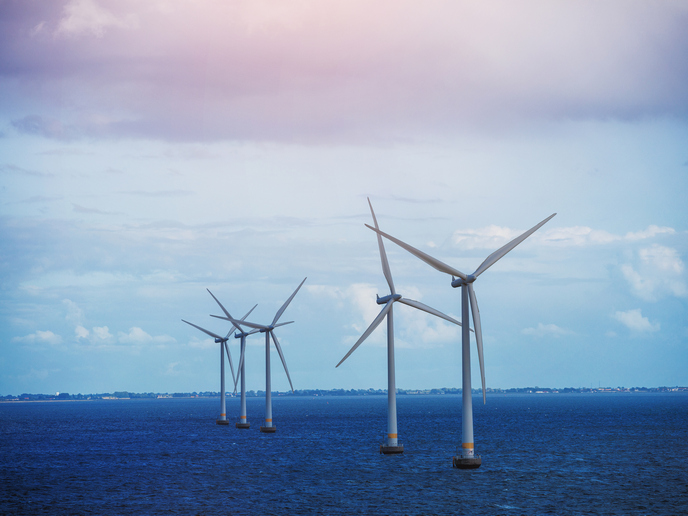Online monitoring technology for safer and more cost-efficient mooring operations
Floating offshore wind farms provide a significant opportunity to harness wind energy and reduce the CO2 emitted by energy production. Mooring system integrity management is crucial in offshore wind farms, but current turbine inspection systems rely on outdated technology not conducive to safety and cost-effectiveness. A new solution based on online monitoring aims to change this. The EU-funded MooringSense project is proposing a tool that will lead to more efficient mooring operations while demonstrating significant economic advantages. This is in line with its aim “to reduce the costs associated with floating offshore wind energy production by 10-15%” as well as improve “energy production by 2-3%,” as stated in a news item posted on the project website. To that end, this European Research and Innovation action leverages know-how and solutions from a variety of disciplines, including Global Navigation Satellite System technology, numerical modelling, control engineering and machine learning.
How it works
The decision support tool, developed by Netherlands-based independent research organisation TNO, targets improving the maintenance process for floating wind turbines. “It integrates the structural health and remaining life monitoring features, using them to estimate the current health of components and predict the timing of future failures. The digital twin data is also used in the prediction of future failures, and the integrity management strategy can be integrated as the inspection strategy to be evaluated,” the news item explains. The tool collects and combines work order data from various sources, which it uses to evaluate operating costs. These costs are then compared to those incurred by different inspection or repair strategies. A paper published on ‘OnePetro’ in 2021 also outlines project work on the integrity management strategy. The authors note: “Leveraging the additional information from monitoring technologies and predictive capabilities to determine the mooring system condition and remaining lifetime, the strategy provides the criteria for optimal decision making with regards to selection of O&M [operation and maintenance] activities.”
MooringSense goes overseas
The project was recently presented at the 2022 NAWEA/WindTech Conference hosted by the University of Delaware, United States. There, Feike Savenije, researcher at the Energy Research Centre of the Netherlands, which is part of TNO, laid out project objectives and developments in a parallel session titled ‘Cost effective monitoring: application of the linear aero-hydro-elastic model TURBU as building block for a (floating) offshore wind turbine digital twin’. Solutions developed by MooringSense (MOORING SYSTEM INTEGRITY MANAGEMENT THROUGH MONITORING, DIGITAL TWIN AND CONTROL TECHNOLOGIES FOR COST REDUCTION AND INCREASED EFFICIENCY) have already been applied successfully in the offshore wind and oil and gas industries. The consortium will work towards optimisation of the tool, further demonstrating Europe’s excellence in offshore wind power. For more information, please see: MooringSense project website
Keywords
MooringSense, wind turbine, mooring system, offshore wind power, integrity management, digital twin



